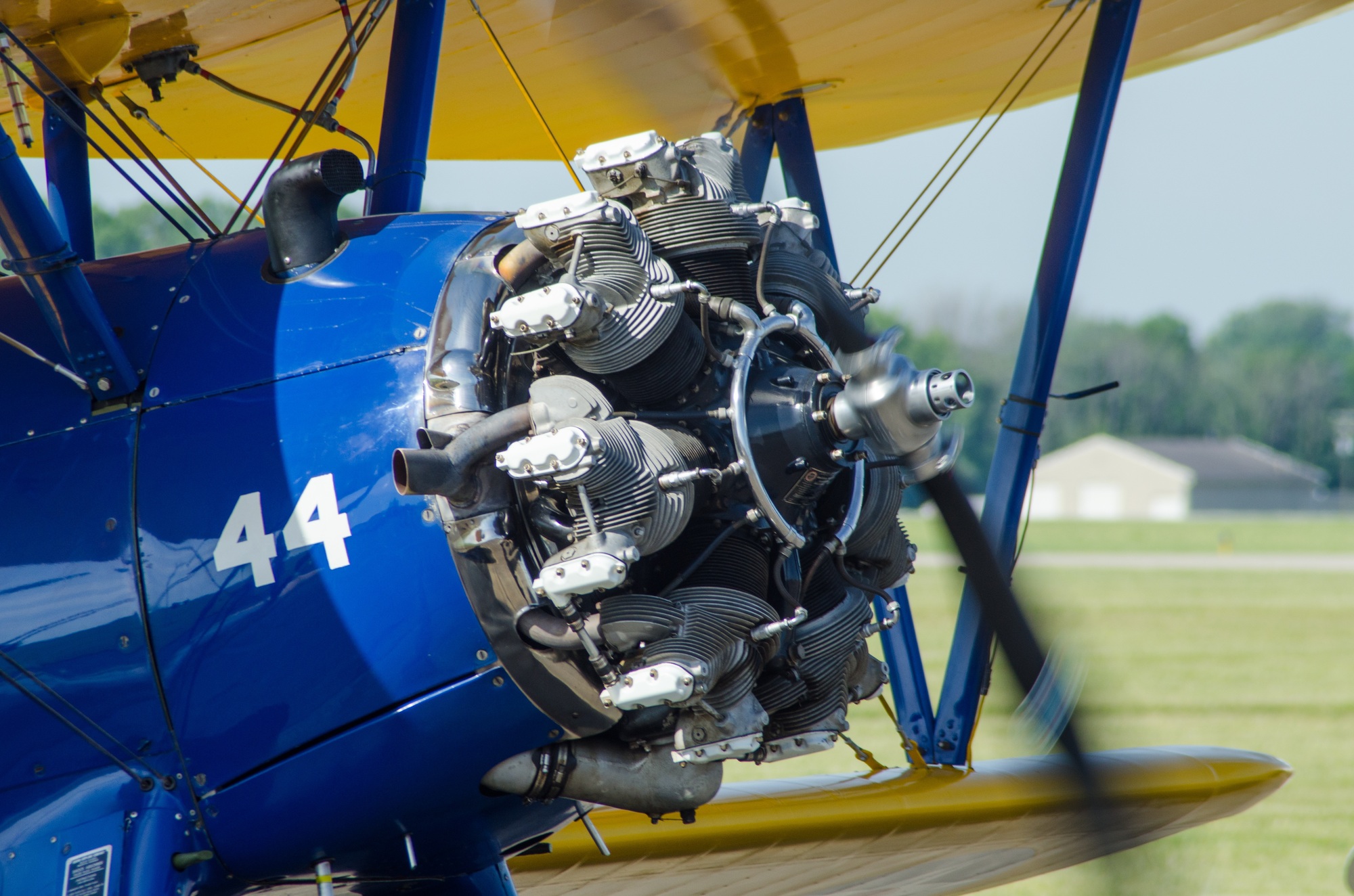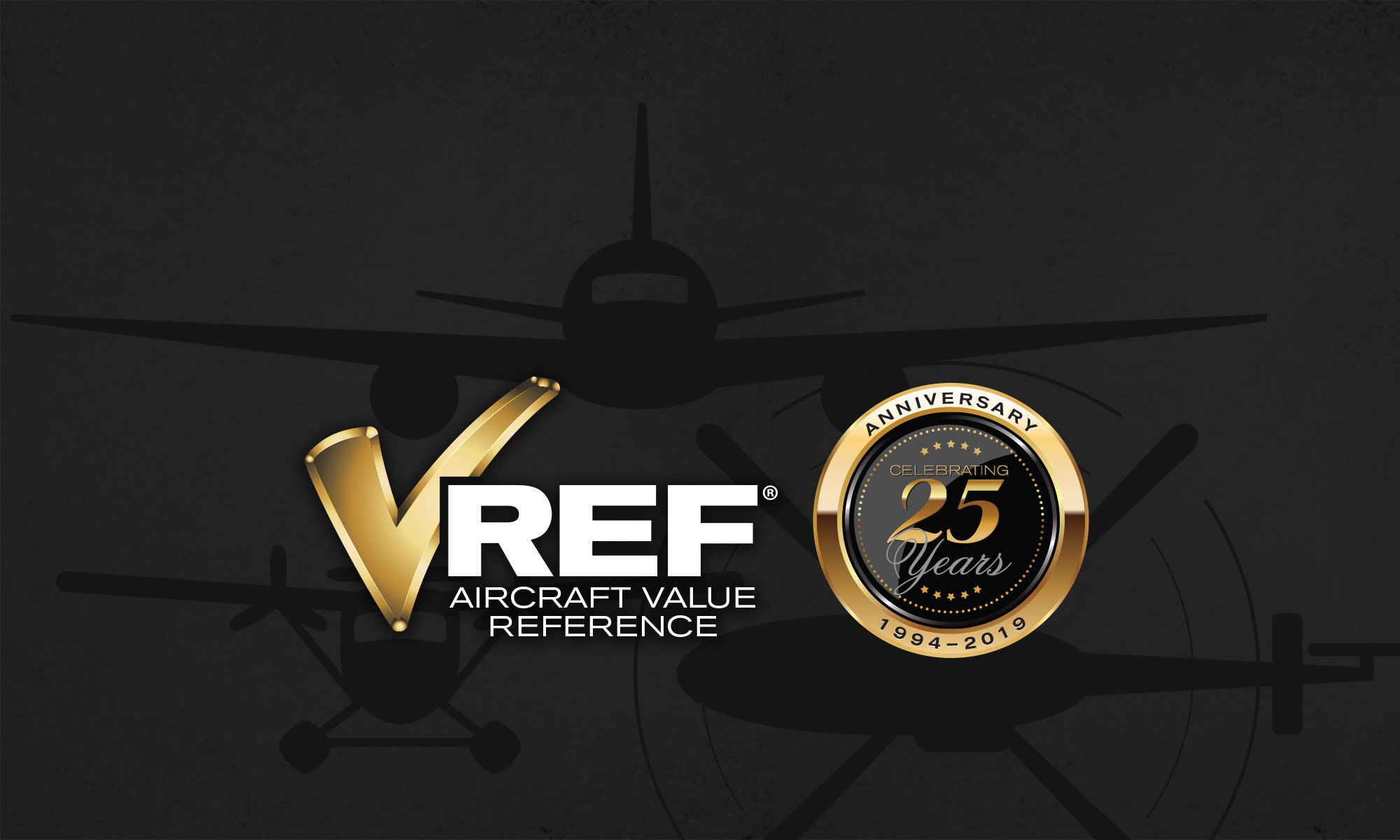It’s now hard to imagine a world without planes.
In 2018, the world hit a peak of over 200,000 commercial flights in a single day. And that’s to say nothing of private flights. Aviation technology has changed the world, and we have the humble piston to thank for most of its history.
Below, we’re taking a look at how the piston plane engine changed the skies forever.
The Rise of the Piston
The first piston engines came into use in the late 1700s. They were widely adopted for use in steam trains, so the piston engine was well-established before planes came onto the scene.
The world’s first planes wouldn’t take to the skies until much later. In their early form, they were unpowered gliders — not something suitable for long-range flights. Engineers had to solve the problem of providing power while the plane was in the air.
The Piston Epiphany
The Wright Brothers developed the first true airplane engine in the early 1900s. They built the engine they used from scratch, as no available piston engine matched their needs. This engine included cast iron pistons and was of aluminum construction.
From these early powered flights, the pistol engine continued to develop through several iterations and dead-ends. But the basic principle of the pistol engine remained the foundation of aeronautics.
Blue Sky Thinking
In the aftermath of the first World War, rail infrastructure across Europe remained in poor condition. This galvanized the early aviation engineers to develop new piston-based engines — laying the foundation for the first commercial flights.
In 1939, the world’s fastest piston plane set a new record speed of 469 miles per hour. The piston engine had achieved continental range, but international range still lay beyond its reach.
New Kid on the Chock
The second World War saw a huge leap forward in aircraft technology. Aircraft had played a major role in changing the face of war. They played a decisive role, and clashes like the Battle of Britain cemented their place as an indispensable weapon.
But piston technology was still cumbersome to use in airplanes. As the war came to an end, the first jet engines began to appear. They were inefficient at first, which meant the piston plane engine still dominated the skies. But the transition to this new technology soon became inevitable.
The eventual arrival of more efficient jet engines produced on an industrial scale brought an end to the piston plane engine’s use on a large scale. Today’s commercial flights are jet-powered, their engines more suitable for long-distance flights at high altitude.
The piston plane and the iconic propeller became a strange relic of aviation history. Though still used all over the world, propeller planes no longer command the skies — those belong to the jet engines of commercial flight.
The Piston Plane Engine Today
Today, the piston plane is a situational tool. It’s suitable for small-scale operations like crop dusting and firefighting, where range and high-altitude aren’t key considerations. But for a while, it was the most important tool in avionics.
Curious what your piston plane is worth? Take a look at our valuation services.





